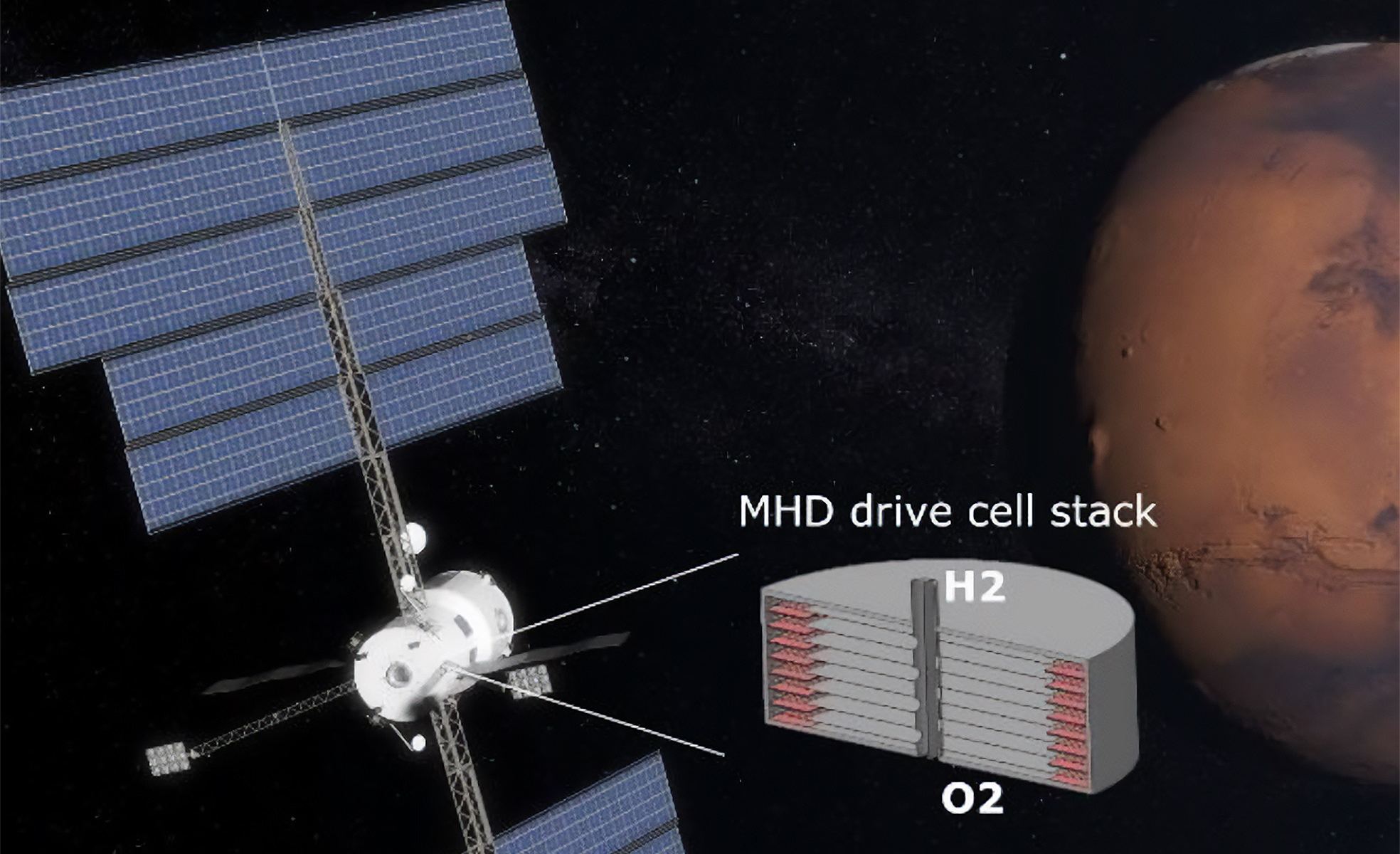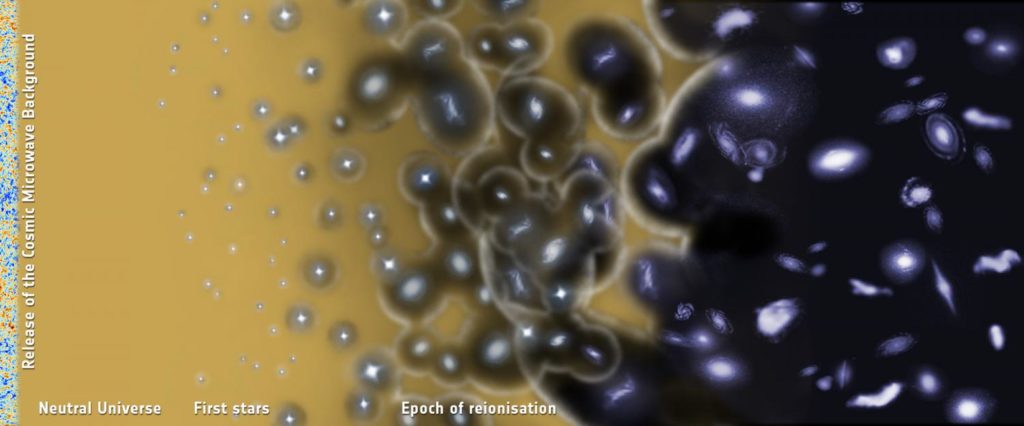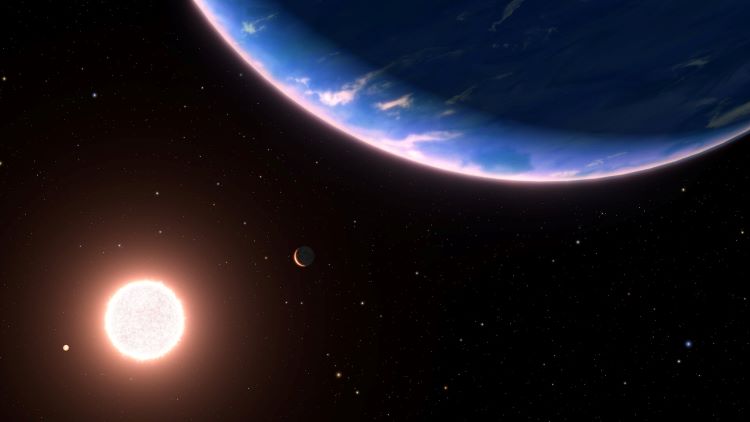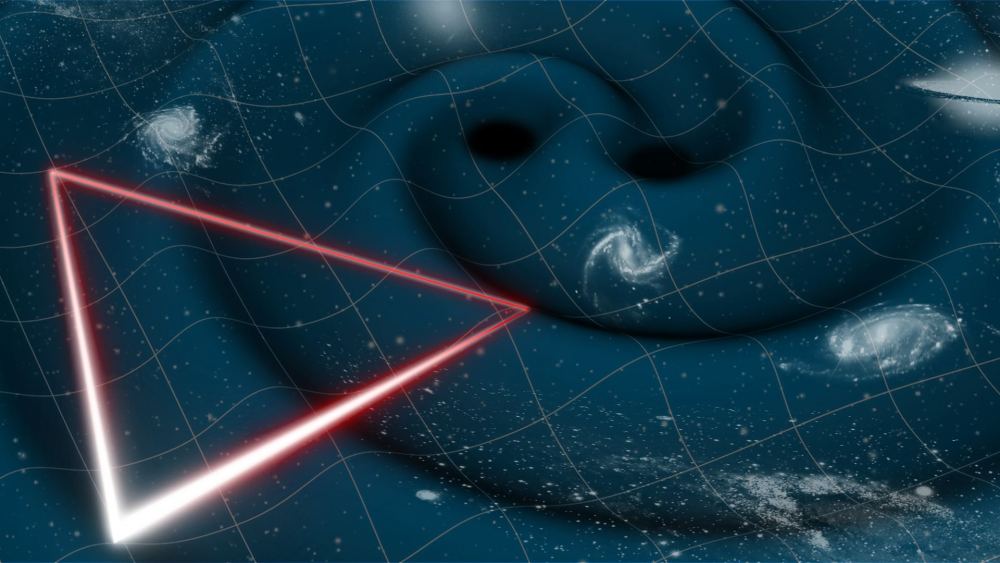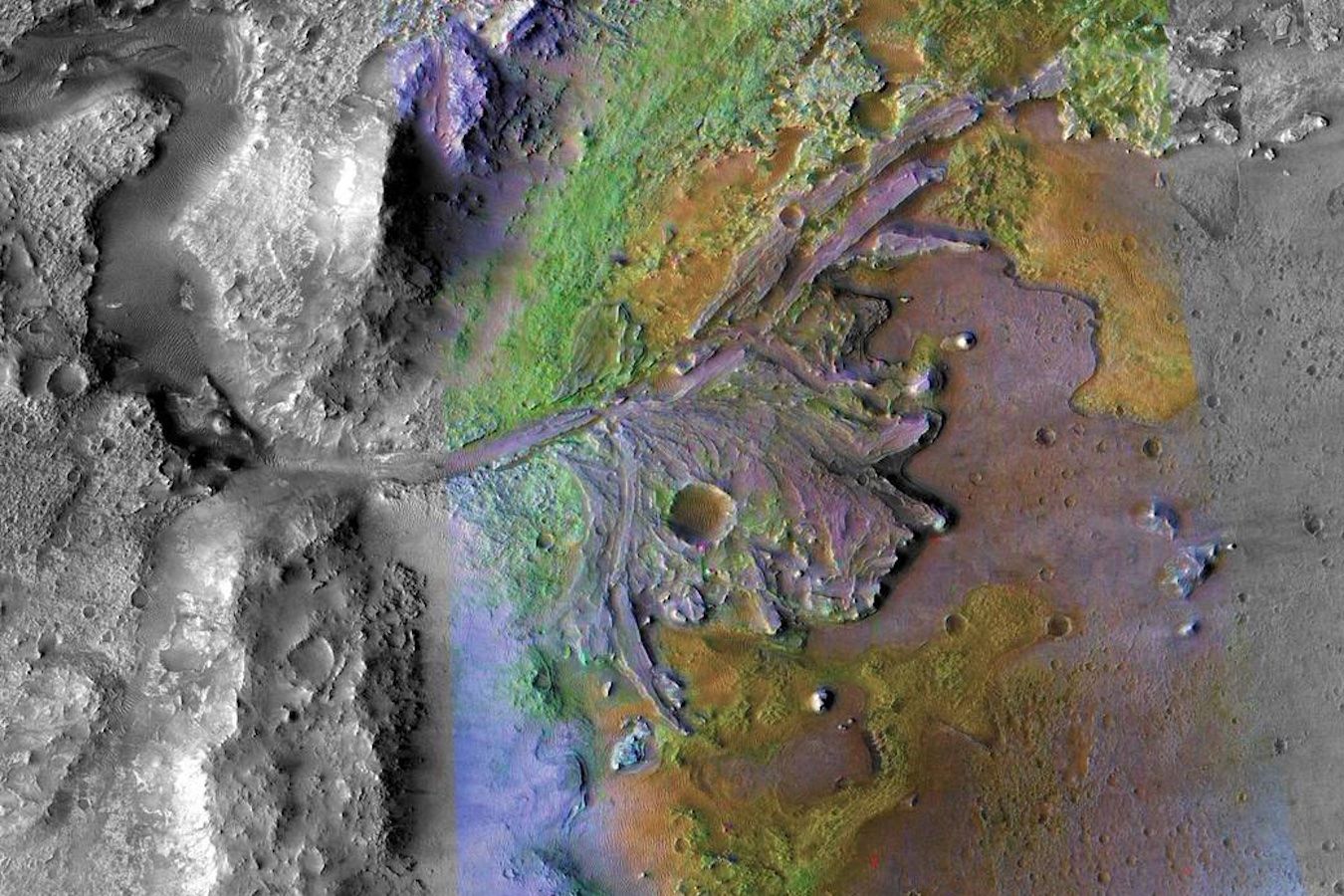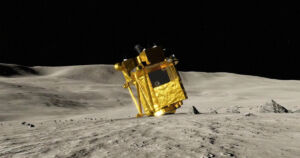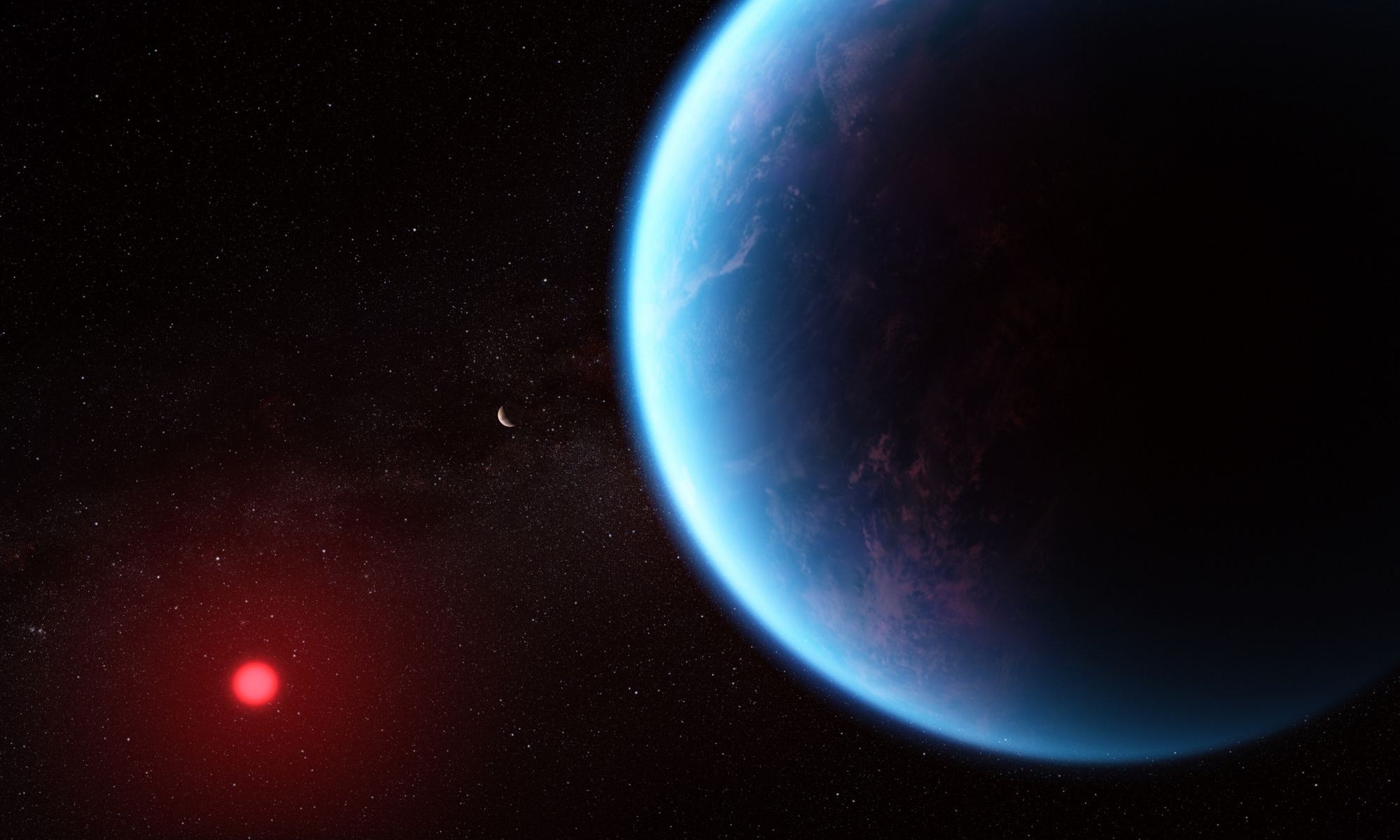Within the next fifteen years, NASA, China, and SpaceX plan to send the first crewed missions to Mars. In all three cases, these missions are meant to culminate in the creation of surface habitats that will allow for many returns and – quite possibly – permanent human settlements. This presents numerous challenges, one of the greatest of which is the need for plenty of breathable air and propellant. Both can be manufactured through electrolysis, where electromagnetic fields are applied to water (H2O) to create oxygen gas (O2) and liquid hydrogen (LH2).
While Mars has ample deposits of water ice on its surface that make this feasible, existing technological solutions fall short of the reliability and efficiency levels required for space exploration. Fortunately, a team of researchers from Georgia Tech has proposed a “Magnetohydrodynamic Drive for Hydrogen and Oxygen Production in Mars Transfer” that combines multiple functionalities into a system with no moving parts. This system could revolutionize spacecraft propulsion and was selected by NASA’s Innovative Advanced Concepts (NIAC) program for Phase I development.
Continue reading “A Magnetohydrodynamic Drive Could Lead to Fuel Stations on Mars”
